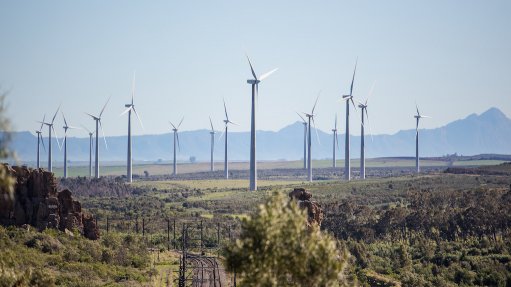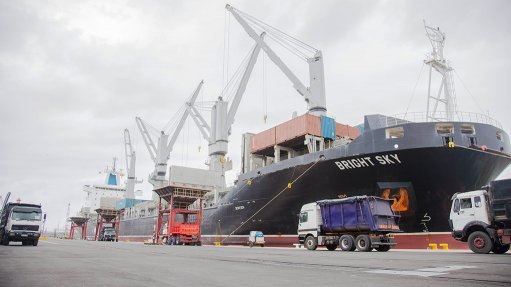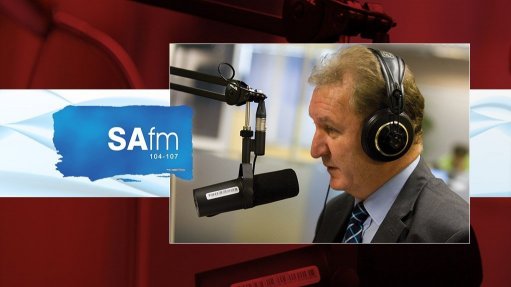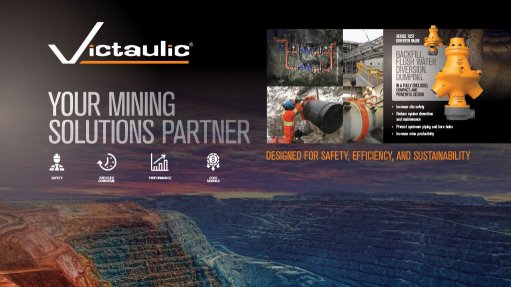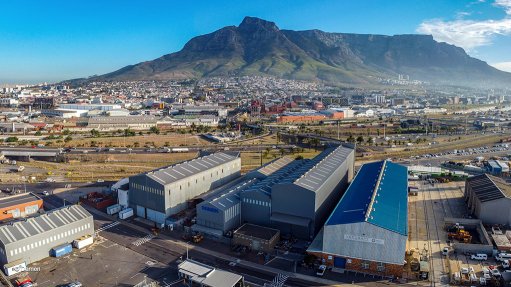Construction of Msikaba bridge progresses to highly technical phases
Construction at the Msikaba Bridge on the N2 in the Eastern Cape is set to move up a gear this year, with a number of challenging technical activities to be tackled.
According to contractor Concor, these include post-tensioning the anchor blocks, installing pylon inserts and building the ladder deck.
The multibillion-rand Msikaba Bridge project forms part of the South African National Roads Agency Limited’s N2 Wild Coast highway roll-out, and is being constructed by the CME JV, a partnership between Concor and Mecsa, both 100% black-owned South African construction companies.
Once completed, the pylon spires of the Msikaba Bridge are set to tower almost 130 m high on each side of the nearly 200-m-deep river gorge.
The bridge is being built from the north and south banks of the gorge and comprises two identical halves, each spanning 290 m, set to meet mid-point over the gorge.
“The last two years have been spent completing the four 21 000 t anchor blocks and progressing the elegant bridge pylons on each side of the gorge,” explains Concor project director Laurence Savage.
“We are now entering some exciting, but technically challenging, phases.”
The first of these is the post-stressing of the anchor blocks, to ensure that the transfer of load exerted by the stay cables is well distributed through the blocks.
Embedded 14 m deep into each block, the post-stressing is profiled as a large U-shape to mobilise the dead mass of the anchor block being pulled up by the stay-cable at the top.
Savage highlights that the post-stressing option is a modern and efficient strategy that reduces the need for reinforcement steel, which could have congested the blocks and made it difficult for the concrete to fill all the voids.
The locally procured post-tensioning strand cables at each of the 17 anchor points in each block are stressed up to around 500 t by a specialist company.
The process is expected to take two to three weeks for each anchor point.
“The next major step will be installing pylon inserts into the pylon’s structure as it rises above the 86 m mark,” notes Savage.
“There are 17 inserts for each pylon; these are steel rings weighing 8 t to 10 t each, which are concreted into place, one after the other, until the pylon reaches a height of about 122 m.”
The pylon inserts are used as the anchors from which the cables run as back-stays to the anchor blocks, and as fore-stays to the bridge deck.
However, Savage says that not all the inserts have to be in place before the launching of the deck can begin.
Careful planning will allow the deck launching – itself a highly technical task – to start after the first five inserts are installed, which is likely to be in the second half of this year.
Another demanding aspect of the bridge’s latest phase will be the construction of the ladder deck.
Being the first steel deck segment of the bridge, the ladder deck is to be cast in concrete into the foundation of the pylon and will be the largest continuous pour on site.
“We will cast 700 m3 of concrete in a single pour, with a very strong 65 MPa mix,” explains Savage.
“This will also demand a high density of reinforcement steel, weighing 160 t.”
Comments
Press Office
Announcements
What's On
Subscribe to improve your user experience...
Option 1 (equivalent of R125 a month):
Receive a weekly copy of Creamer Media's Engineering News & Mining Weekly magazine
(print copy for those in South Africa and e-magazine for those outside of South Africa)
Receive daily email newsletters
Access to full search results
Access archive of magazine back copies
Access to Projects in Progress
Access to ONE Research Report of your choice in PDF format
Option 2 (equivalent of R375 a month):
All benefits from Option 1
PLUS
Access to Creamer Media's Research Channel Africa for ALL Research Reports, in PDF format, on various industrial and mining sectors
including Electricity; Water; Energy Transition; Hydrogen; Roads, Rail and Ports; Coal; Gold; Platinum; Battery Metals; etc.
Already a subscriber?
Forgotten your password?
Receive weekly copy of Creamer Media's Engineering News & Mining Weekly magazine (print copy for those in South Africa and e-magazine for those outside of South Africa)
➕
Recieve daily email newsletters
➕
Access to full search results
➕
Access archive of magazine back copies
➕
Access to Projects in Progress
➕
Access to ONE Research Report of your choice in PDF format
RESEARCH CHANNEL AFRICA
R4500 (equivalent of R375 a month)
SUBSCRIBEAll benefits from Option 1
➕
Access to Creamer Media's Research Channel Africa for ALL Research Reports on various industrial and mining sectors, in PDF format, including on:
Electricity
➕
Water
➕
Energy Transition
➕
Hydrogen
➕
Roads, Rail and Ports
➕
Coal
➕
Gold
➕
Platinum
➕
Battery Metals
➕
etc.
Receive all benefits from Option 1 or Option 2 delivered to numerous people at your company
➕
Multiple User names and Passwords for simultaneous log-ins
➕
Intranet integration access to all in your organisation






